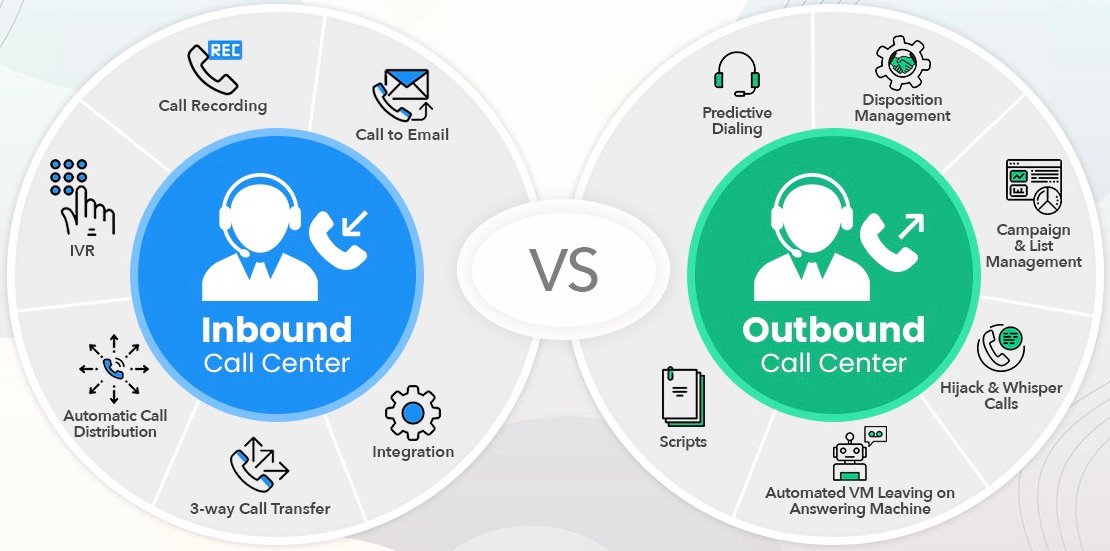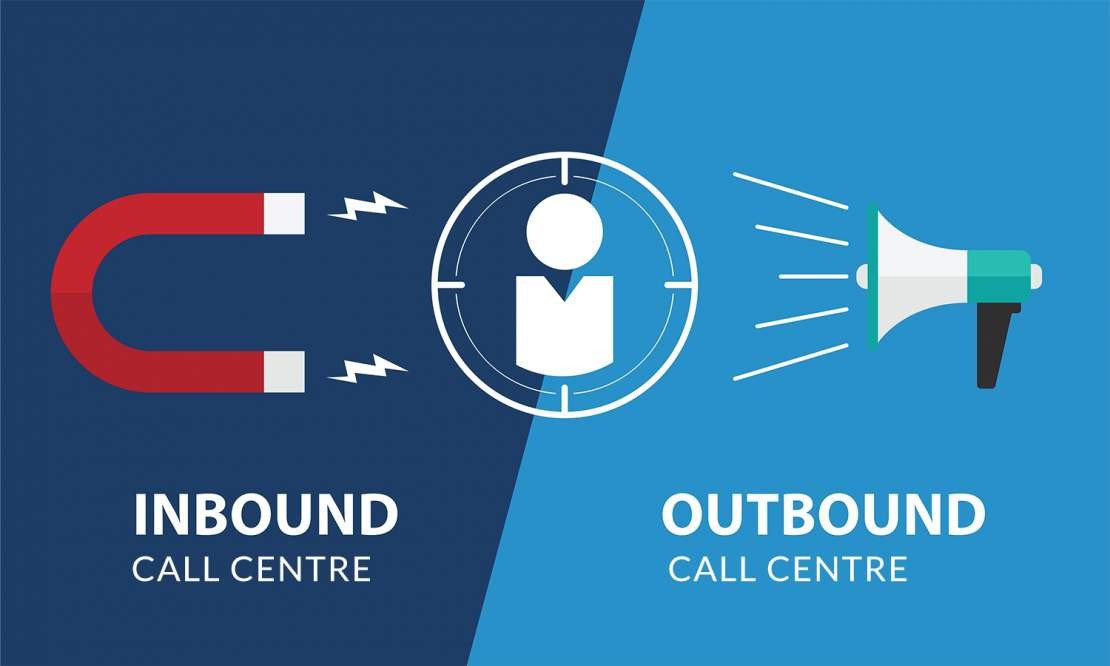The principle difference between inbound and outbound calls is self-explanatory. Inbound calls get made by customers to a call centre. Outbound calls get made by agents at the contact centre to customers. That fundamental difference has a significant impact on the nature of each type of call.
Inbound calls are primarily associated with customer service. When a customer gets in touch with a call centre, they’re looking for answers or solutions to problems. In the case of inbound calls, therefore, agents must play a range of roles.
For many inbound contacts, agents provide tech support, solving issues related to orders, accounts, and other admin. They’re there to deal with customer inquiries. They must also be able to overcome particular problems.
Outbound calls, on the other hand, are often related to sales. Most outbound agents work through a database of contacts, trying to sell a product or service to the leads. In many ways, outbound calls are a lot simpler and more repetitive than the inbound variety. In an outbound contact centre, agents are often very target focused. Their success gets judged on the number or value of sales.
Outbound calls don’t have to be sales-related, though. There is room for outbound calling in customer service. Phoning customers to help them with issues is a way to make customer service more proactive. It’s an avenue that experts believe call centres may explore more over time. As a concept, it fits with the idea of focusing more on customer experience than customer support.
We’re going to take a closer look at the idea of proactive outbound calling a little later. That’s as part of our look ahead at how inbound vs. outbound calling may change in the centres of the future. For now, though, let’s examine the situation as it is in 2020.
Inbound & Outbound Calls
Rapid Boosters to Your Sales.

The buying journey has changed dramatically with the growth of the internet and the increased availability of information.
In the past it was common practice for sales representatives to reach out to uneducated potential buyers in order to introduce them to their products and services.
Today customers have an abundance of information at their fingertips. They can use search engines, social media, blogs, and other online channels to research and become experts about a product before ever communicating directly with a representative of the company. The sales cycle will continue to evolve thanks to new and upcoming technologies.
This vast quantity of information also means that customers are no longer as interested in listening to a traditional sales pitch that doesn’t relate directly to their needs and it might even push them away. It is now important for companies to focus on generating new leads by developing a strong internet presence. This is often accomplished using inbound marketing methods that employ techniques like search engine optimisation and content marketing.
The digital age has also made it easier for companies to research and understand their perspective leads. By understanding the wants and needs of their target customers, companies can tailor information to better draw them in, as well as qualify any potential leads based on a variety of factors, such as engagement and demographic information. It is increasingly important for companies to not only generate new leads but also develop and nurture relationships with them.
